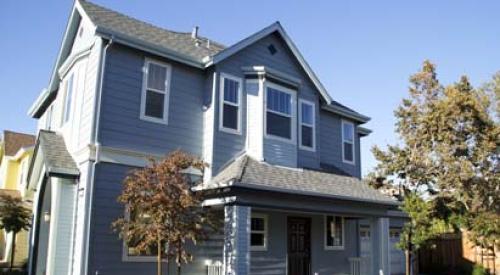In early July 2011, CoreLogic believed consumer spending would remain slow because housing price trends had a stronger negative wealth effect impact on consumer spending than the positive wealth impact of stock prices. Since then, equity values have dropped over 10 percent and home prices have been flat. Unless there is a sustained increase in home or equity prices over the next couple of years, the primary driver of changes in spending will be household income.
The U.S. Housing and Mortgage Trends report highlights a few key points:
• Median income fell by 2.3 percent from 2009 to 2010, and real median income has declined more than 7 percent since its peak in 1999.
• Real median income for prime home buying age cohorts in 2010 was at the same level as in the late 1970s.
• Homeownership rates for prime home-buying age cohorts are down almost 10 percent in 2010 relative to 1980.
• Consumers continue to allocate a higher share of household expenditures to housing, which means they have less money left to spend on non-housing consumption.
Click here to download the full U.S. Housing and Mortgage Trends report.













